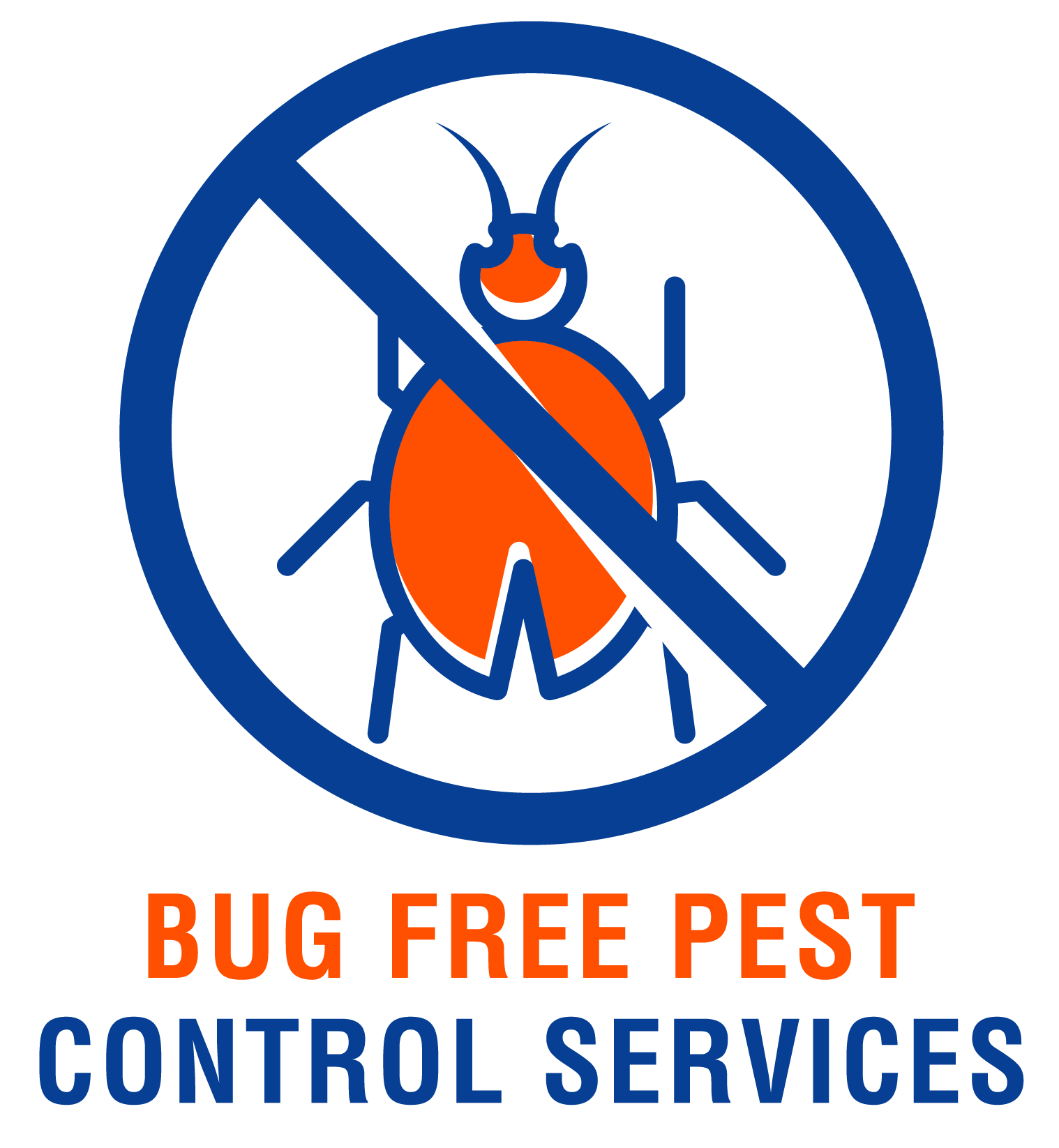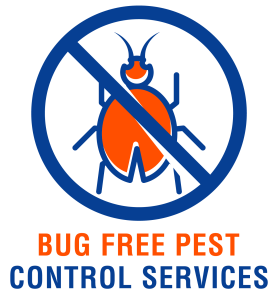Welcome to an informative article on preserving the past through effective pest control solutions for historic buildings and museums. In order to protect these valuable pieces of history, it is essential to implement proper pest control measures to prevent damage from insects and rodents. By employing strategies such as integrated pest management, regular inspections, and maintaining a clean environment, you can ensure that these treasured relics remain intact for generations to come. Learn more about the importance of pest control for historic sites and how you can play a vital role in preserving our shared history. Have you ever wondered how historic buildings and museums protect their valuable artifacts from pests like insects and rodents?
Importance of Pest Control in Historic Buildings and Museums
Pest control plays a crucial role in preserving the priceless artifacts and structures housed in historic buildings and museums. Without proper pest management, these pests can cause irreparable damage to delicate items, structures, and collections that hold significant historical and cultural value. As a curator, historian, or enthusiast of history, it is essential to understand the importance of implementing effective pest control solutions to safeguard these treasures for future generations.
Why Do Pests Target Historic Buildings and Museums?
Pests are naturally attracted to historic buildings and museums for various reasons. These structures often provide ideal conditions for pests to thrive, such as dark and undisturbed corners, food sources, and hiding spots. Additionally, the presence of organic materials like wood, textiles, and paper in historic buildings and museums serves as a primary food source for many pests. Furthermore, pests are drawn to the warm and cozy environments inside buildings, making them the perfect breeding grounds for infestations.
Common Pests Found in Historic Buildings and Museums
To effectively combat pest infestations in historic buildings and museums, it is essential to identify the common pests that are often found in these environments. By understanding the behavior and habits of these pests, you can implement targeted pest control strategies to protect the valuable artifacts and collections housed within these buildings.
Common Insect Pests
-
Silverfish: These small, wingless insects are attracted to paper, textiles, and photographs found in historic buildings and museums. Silverfish can cause damage to paper items by feeding on them and leaving behind excrement and molted skins.
-
Carpet Beetles: Carpet beetles are notorious for infesting textiles, carpets, and clothing in historic buildings and museums. These insects feed on natural fibers like wool, silk, and fur, causing irreversible damage to valuable textiles and artifacts.
-
Wood-Boring Insects: Beetles like powderpost beetles and termites can wreak havoc on wooden structures and furniture in historic buildings. These pests tunnel through wood, leaving behind exit holes and weakening the structural integrity of wooden artifacts.
Common Rodent Pests
-
Mice and Rats: Rodents are a common nuisance in historic buildings and museums, attracted to food sources and shelter. Mice and rats can chew through packaging, wiring, and insulation, causing damage to artifacts and posing health risks to occupants.
-
Squirrels: Squirrels are known for nesting in attics and roof spaces of historic buildings, causing structural damage by chewing on wood, wires, and insulation. These pests can also carry diseases and parasites that can be transmitted to humans.
Implementing Pest Control Solutions in Historic Buildings and Museums
Protecting historic buildings and museums from pest infestations requires a multi-faceted approach that addresses both prevention and treatment. By implementing proactive pest control measures, you can minimize the risk of infestations and preserve the integrity of valuable artifacts and structures.
Inspection and Monitoring
Conducting regular inspections and monitoring for pest activity is essential in detecting early signs of infestations and preventing widespread damage. Inspect all areas of historic buildings and museums, including storage rooms, galleries, basements, and attics, for evidence of pests like droppings, gnaw marks, and shed skins. Utilize monitoring devices like sticky traps and pheromone traps to track pest activity and identify hotspots.
Integrated Pest Management (IPM)
Integrated Pest Management (IPM) is a holistic approach to pest control that combines preventive measures, monitoring, and targeted treatments to manage pest populations effectively. By integrating cultural, physical, mechanical, and chemical pest control methods, IPM aims to minimize the use of pesticides while maintaining a pest-free environment in historic buildings and museums.
Exclusion and Sealing
Preventing pests from entering historic buildings and museums is key to controlling infestations. Seal cracks, gaps, and openings in walls, floors, and foundations to deny pests entry into the building. Install door sweeps, window screens, and weather stripping to create physical barriers that deter pests from infiltrating the structure. Additionally, trim vegetation and trees away from the building to reduce potential entry points for pests like rodents.
Proper Storage and Handling of Artifacts
Proper storage and handling of artifacts play a critical role in preventing pest infestations in historic buildings and museums. Store artifacts in sealed containers or display cases to protect them from pests and dust. Use archival-quality materials like acid-free paper, boxes, and tissue to preserve delicate textiles, papers, and photographs. Rotate and inspect artifacts regularly to ensure their integrity and monitor for signs of pest activity.
Humidity and Temperature Control
Maintaining optimal humidity and temperature levels in historic buildings and museums can deter pests and inhibit their ability to thrive. Keep humidity levels below 50% to prevent mold growth and discourage pests like silverfish and carpet beetles. Monitor temperature fluctuations and ensure proper ventilation to create an inhospitable environment for pests. Utilize dehumidifiers, air conditioning, and HVAC systems to regulate indoor climate conditions and protect artifacts from damage.
Pest Identification and Treatment
When faced with a pest infestation in a historic building or museum, it is crucial to accurately identify the pest species and implement targeted treatments to eradicate them effectively. Consult with a licensed pest control professional or entomologist to identify the pest and determine the most appropriate treatment method. Consider using non-toxic methods like heat treatment, freezing, and vacuuming to eliminate pests without compromising the integrity of artifacts.
Conclusion
In conclusion, preserving the past in historic buildings and museums requires vigilant pest control measures to protect valuable artifacts and structures from irreversible damage. By understanding the behavior of common pests, implementing proactive pest control solutions, and maintaining a pest-free environment, you can ensure the continued preservation of our cultural heritage for future generations to appreciate and enjoy. Remember, the key to successful pest control in historic buildings and museums lies in prevention, early detection, and integrated pest management practices. By working together to combat pest infestations, we can safeguard our history and heritage for years to come.


